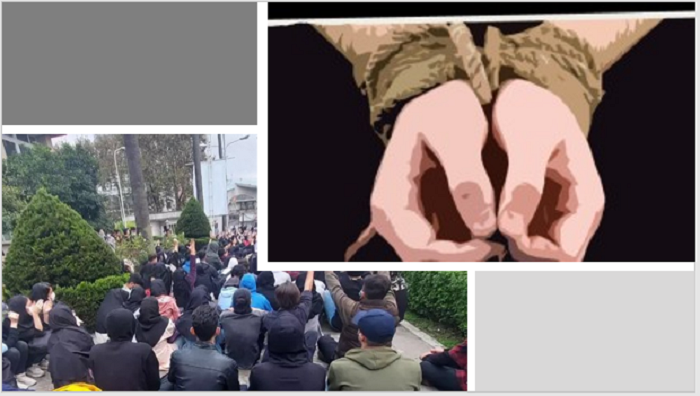
Recent reports sourced from student media highlight the systematic summoning of students from notable universities including Amirkabir, Allameh, Khajeh Nasir, Tarbiat Modares, Ferdowsi, Mashhad, and Isfahan, to security institutions. The Amirkabir News Channel unveiled that a minimum of 10 students from the Amirkabir University of Technology were brought to the Ministry of Intelligence Investigation Office on Baradaran Mozafar Street on August 14.
In a similar vein, 15 students from Allameh University had previously been summoned by the Intelligence Department. The latter’s recent interrogations, occasionally stretching for five hours, centered on reports about university protests. Such reports had been passed to security agencies, with students also facing threats of arrest and legal action.
The method of “telephone summons” is becoming increasingly prevalent. Allameh Tabatabai University experienced at least 15 students being summoned via unidentified phone numbers. Reports also confirm that students from other universities, including Beheshti, Tehran, and Khajeh Nasir, faced similar telephone summons.

It’s speculated that this wave of telephone summonses, which began targeting students from Tarbiat Modares University a week prior, is tied to the apprehension of the Iranian regime. The student union councils surmise that this strategy is to sow fear ahead of the Mahsa Amini anniversary and the reopening of universities.
The regime’s approach is derived from their previous year’s experience, acknowledging the difficulty and expense of managing street protests. The emphasis is now on pre-emptive intimidation to suppress possible mass gatherings.
This pattern of summoning and threats is emblematic of the regime’s broader strategy: to stifle the burgeoning momentum of progressive youths and students. Yet, the undeterred spirit within society signals that the regime’s tactics might be in vain as the nation gears up for a possible uprising.
The backdrop to these events is the deteriorating socioeconomic situation in Iran, characterized by a plummeting Basij militia, a staggering 50% inflation rate, massive budget deficits, skyrocketing unemployment, widespread corruption, and deepening poverty. As the regime’s foundation crumbles, it has responded with escalated repression, particularly targeting women.
Prominent figures within the regime have hinted at their trepidation about another potential uprising. Statements from Mehdi Nasiri, Ali Bahadori Jahormi, Hossein Salami, and Hossein Raghfar emphasize a palpable sense of anxiety.
In the shadow of the forthcoming anniversary, Supreme Leader Khamenei grapples with heightened vulnerability. The impending weeks could further amplify his regime’s fragility, bringing to the forefront its underlying weaknesses.

MEK Iran (follow us on Twitter and Facebook), Maryam Rajavi’s on her site, Twitter & Facebook, NCRI (Twitter & Facebook), and People’s Mojahedin Organization of Iran – MEK IRAN – YouTu







